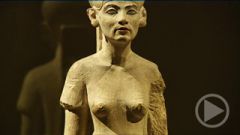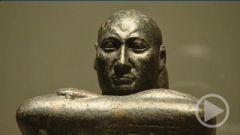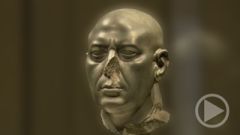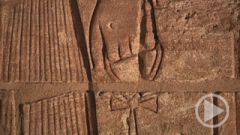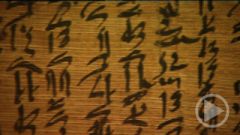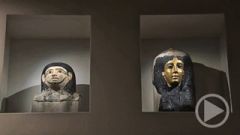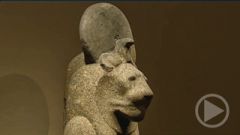- Home
- »
- Germany
- »
- Berlin
- »
- Museum Island
- »
- The Berlin Egyptian Museum
- »
- The Berlin Egyptian Museum - Statuette of Tadja
Statuette of Tadja
Statuette of Tadja
This delicate ivory figure of Tadja was found at the beginning of the 20th century by a Berlin expedition in Abusir el-Melek, south of Cairo, in the intact tomb of a child about seven years old. For life in eternity, Tadja is portrayed in the bloom of young womanhood. Her nakedness may be an allusion to the fact that she is still a child, because only children were portrayed unclothed in Egyptian art.
Tadja's tomb can be dated around 650 B.C., at the beginning of the Saite Dynasty. The finely modelled body reveals influences, in its pose, from the Middle Kingdom more than a thousand years earlier, and can be assigned to a traditionalist style of art known as the Saite Renaissance. The proportions of the little figure, with its plump thighs and broad hips, remain true to the female image favoured by the immediately preceding Kushite Dynasty, which reflected the African ideal of beauty. The facial features, too, are believed to show the influence of Kushite art from North Sudan.
Tradition and innovation come together in this figure and demonstrate that, even after two and a half thousand years, Egyptian art was capable of continual renewal, and that there was no such thing as an artistic decline.
Despite the sharing out of finds, the furnishings of Tadja's tomb found their way to Berlin in their entirety. The wooden coffins, the figure-shaped faïence vessels, the rich jewellery and several statuettes will eventually be exhibited as a complete tomb inventory at the Neues Museum on Museum Island.


